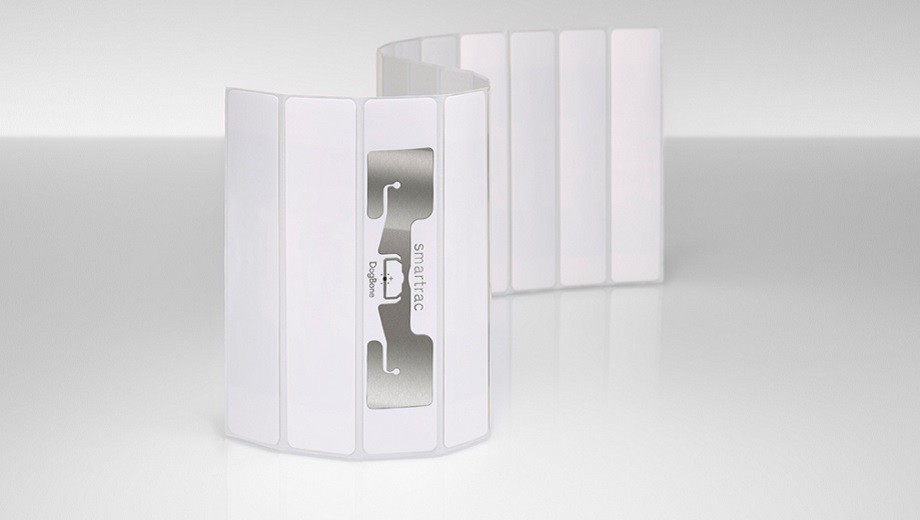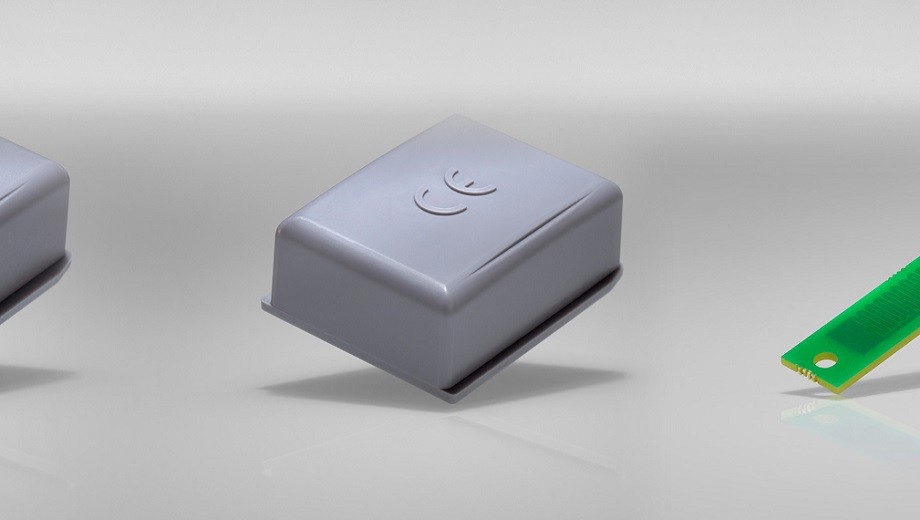NFC and metal surfaces have a somewhat troublesome relationship, because metal tends to “soak up” the reader’s inductive field. Smartrac has solved that problem, and now launches its new Block On-Metal NFC tag that offers excellent performance when tagging metallic items.
Just arrived, already famous: this characterization applies to Smartrac’s new Block On-Metal tags, which experienced their baptism of fire with our customer HonkTAP before their official product launch. In that project, customized versions of Block On-Metal tags are an important component of, as Smartrac’s partner Honk calls it, “the world’s first virtual parking meter.” They enable comfortable “app-less” payments when consumers tap their smartphones on any HonkTAP signage that contains one of the secure and reliable new NFC tags, which can be affixed to parking meters or integrated in standalone structures.
Superior performance in many application areas
With their excellent performance and read range, Block On-Metal tags open the door not only to “the future of parking” but to multiple industrial, retail and B2C applications. These include but are not limited to consumer engagement and experiences, asset management, brand protection, product authentication and payment. Due to its handy dimensions (die-cut size 50 x 50 mm / 1.96 x 1.96 in for the standard tag), the new product allows the identification and provision of a digital identity to a multitude of items– from metallic components to spare parts, signs, tools, even machines and domestic items.



